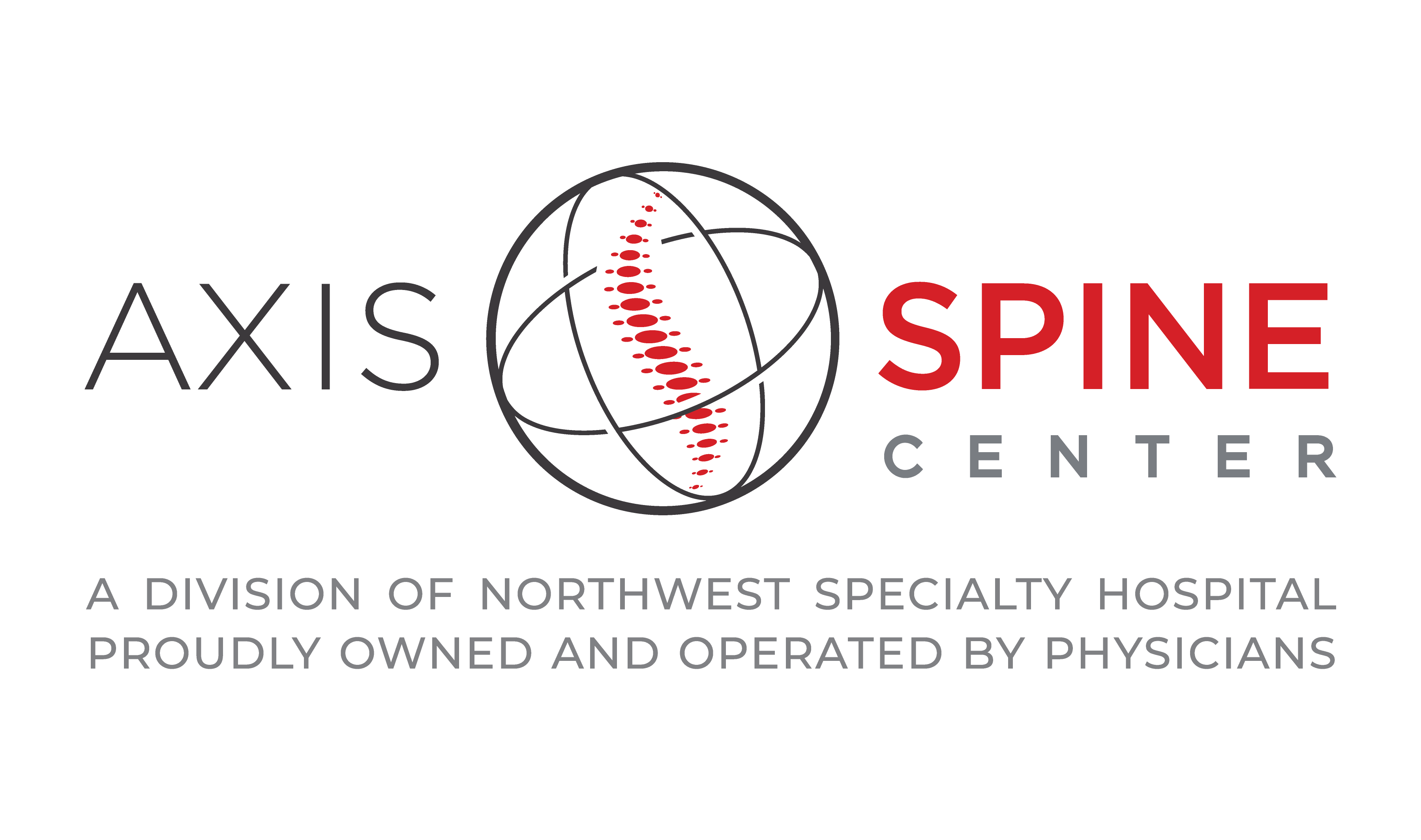
For Chronic Low Back and Buttock Pain
A sacroiliac joint injection is an outpatient procedure used to treat low back and buttock pain.
Sacroiliac joints are the joints that connect your spine and your hip bone. These joints connect the bottom of the spine (the sacrum) to the outer part of the hip bone (the ilium). You have two sacroiliac joints, with one on each side of the sacrum.
Sacroiliac joints help control your hips and the area around them when you move. They help transfer forces from your lower body to your upper body. Each sacroiliac joint has several ligaments that help strengthen it.
You may feel pain if a sacroiliac joint becomes injured. The pain may be minor, like muscle tension, or more severe. Injuries can occur to the cartilage inside of the joint or the ligaments surrounding it.
Joint pain can occur in different areas depending on which joint is affected. Sacroiliac joint pain can take place from your lower back to your buttocks. If a joint is very inflamed, pain may extend down the back of the leg, as well.
X-rays and MRIs may not always be able to show if a sacroiliac joint is the cause of your pain. However, there are several other ways to tell. You may have sacroiliac joint pain if you experience pain lasting more than two months in one or more areas on the diagram to the left. Your doctor can evaluate your symptoms and perform tests to give a more accurate diagnosis.
In a sacroiliac joint injection, a local anesthetic and corticosteroid are injected into one or both of your sacroiliac joints or in the ligaments surrounding them. The local anesthetic will effectively numb you temporarily, while the corticosteroid reduces any inflammation that may be contributing to your pain. A sacroiliac joint injection can be used for both diagnosis and treatment. If the injection immediately lessens your pain and helps you move better, it tells the doctor which joint is causing the pain.
Before the procedure begins, a local anesthetic will be used to numb your skin. The doctor will then insert a small needle into the sacroiliac joint. Fluoroscopy, a type of x-ray, and an injected dye will be used to ensure the safe and proper positioning of the needle. Once the doctor is sure the needle is correctly placed, the medicine will be injected.
You will be monitored for up to 30 minutes after the injection. When it's time to leave, the staff will provide you with discharge instructions and a pain diary. It is important to fill the pain diary out because it helps your doctor track how well the injection is working. Tracking your progress will help them determine the best treatment method moving forward.
It helps to move your back in ways that hurt before the injection to see if the pain is still there, but be careful not to overdo it. Take it easy for the rest of the day. You may feel immediate pain relief and numbness in your back for up to six hours after the injection. This tells us that the medication reached the right spot.
Your pain may return after a little while, or it may get a bit worse for a day or two following the injection. This can be caused by needle irritation or by the corticosteroid. Don't worry, this is normal. Corticosteroids usually take two or three days to start working but can take as long as a week. You may be able to return to work the next day, but it's important to check with your doctor.
Your level and length of pain relief may change depending on the severity of the inflammation, the number of areas involved, and other individual factors. If coexisting factors are responsible for your pain, this something we will monitor and address.
An injection can bring several weeks or months of pain relief before further treatment is needed. For others, particularly if there is no underlying bone or joint problem, one injection may bring long-term pain relief. If your pain is caused by injuries to more than one area, only some symptoms may be helped by one injection.
